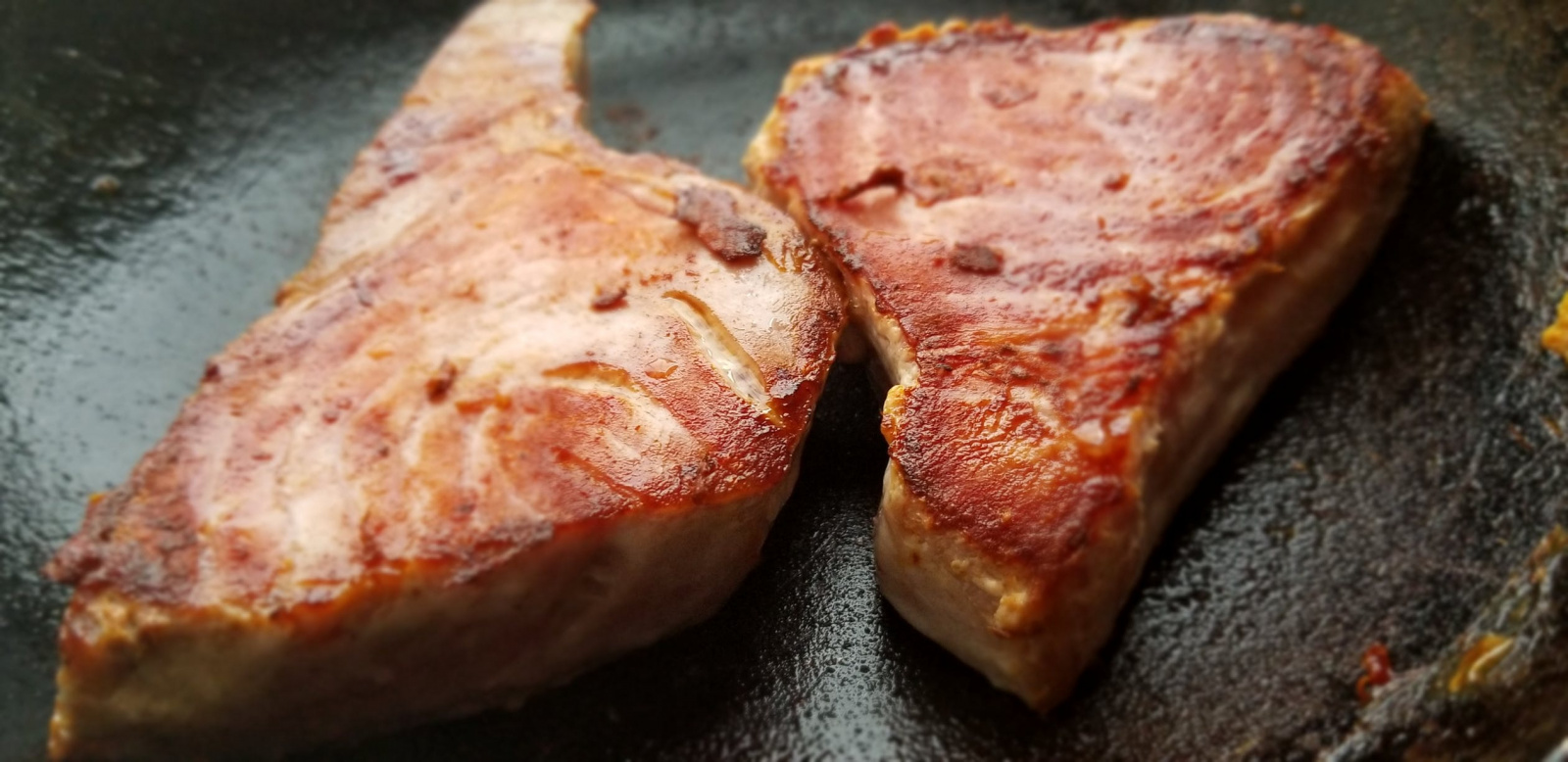top of mind news
- Nearly Half Of States Slated To Increase Minimum Wage
- We’re Not in a Restaurant Recession Just Yet
- What Restaurateurs Can Learn From Hotel Guests
- The Rise Of Natural Winemaking Means More Accidentally Vegan Vintages
- Using Data To Serve Up Savings
- The End Of Florida Orange Juice? A Lethal Disease Is Devastating The State’s Citrus Industry
THE FARM
Poultry
Chicken harvests continue to accelerate, but bird weights have declined seasonally heading into early-November. For the week ending November 2nd, chicken slaughter was 5.2% more than a year ago, and RTC production jumped 6.5% over the same week a year ago. Year-over-year output gains continue to come from the large bird category, but small and medium production has been steady to below the year prior. Wholesale broiler prices are mixed amid escalating production schedules, but breast meat prices may be making a seasonal bottom. Chicken wing and leg quarter prices likely have more downside risk into early 2020 but should find support in the spring.
Beef
Saturday slaughter schedules continue to carry water for the downed Tyson beef plant, with last week Saturday schedule coming in 21% larger than last year which boosted the weeks kill to 651k head. Yet, lighter carcass weights tempered total beef output. Amid waning beef production, prices continue to escalate, with the end meats and grinds garnering the most strength. Pricing across the beef trim and grind sectors is expected to remain firm into 2020 due in part to higher priced imported beef trim. The domestic 90% beef trim market is already inflated, and the downside risk seems to be limited, at least for now.
Pork
Pork production continues to run at or near record levels, with last week’s 571.2 million pounds produced coming in 3.8% more than the same week last year. Despite rising production schedules, pork prices continue to climb, with the ham and belly primals leading those increases. For the most recent week, both ham and belly prices are nearing their record highs for that timeframe. Ham interest is strong from Mexico and bellies are being bought ahead of perceived price increases. Upside price risk for the pork products exists and needs to be respected.
THE SEA
Seafood
The Atlantic salmon filet market is tracking near year ago levels and U.S. salmon imports remain solid. During September, the world exported 7% more salmon to the U.S. with filet trade higher by 7%. The U.S. dollar remains relatively expensive compared to several seafood trade foreign currencies which should continue to fuel strong U.S. imports into the winter. Thus, the upside risk may be limited for the salmon markets this fall.
THE GARDEN
Produce
The iceberg lettuce market has experienced some strength during the last week. The chief harvest region is in the process of transitioning to the Yuma-Imperial Valley area which will provide the bulk of the product throughout the winter. Some lettuce supply relief is anticipated in the coming weeks, but history suggests that the downside price risk in the lettuce markets may only be modest. The potato markets remain expensive due to weather challenges impacting the late harvest and storage supplies. Fairly inflated potato prices could persevere at least in the near term.
THE KITCHEN SINK
Dairy
The cheese markets are seasonally weakening. U.S. September cheese experts were up 12% year-over-year and the best for the month since 2014. This occurred despite prices being higher than global cheese prices. Domestic cheese demand has been solid but buying activity has since pulled back. Expect cheese prices to fall in the coming weeks. The spot butter market is near 21 months lows. September butter exports were 42% less than 2018. Spot butter prices look poised to hit (or go below) $2.00/lb. where some purchasing could be considered. Nonfat dry milk prices are the highest since March 2015.
Grains
The food oil markets are well supported due in part to a tighter world supply. Prices in China have risen to one-year plus highs as the country imports less soybeans and thus produces less soybean oil. Further, the E.U. is tempering palm oil imports due to environmental concerns. Soybean oil prices could remain underpinned.
Oil
Natural gas futures recently priced the highest since January. Some earlier than usual below normal U.S. temperatures is boosting natural gas demand. However, weather forecasts have turned mild. Natural gas prices tend to peak next month.













